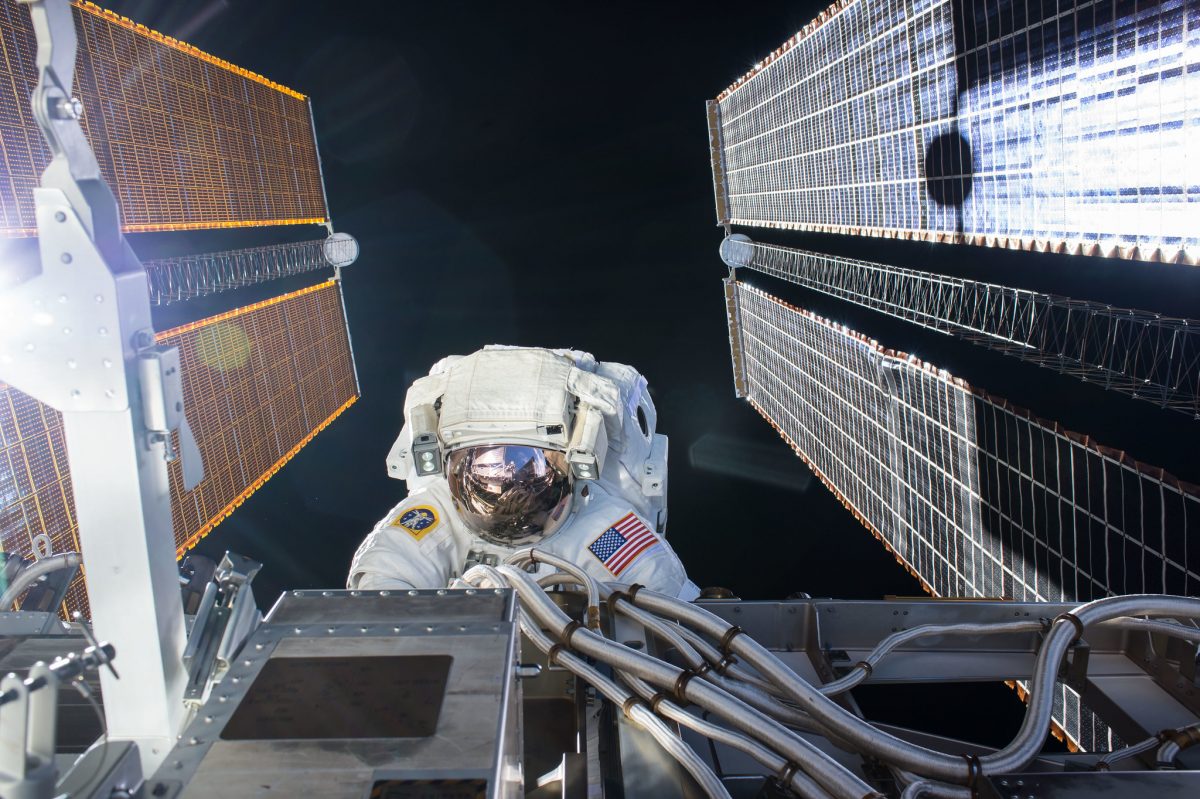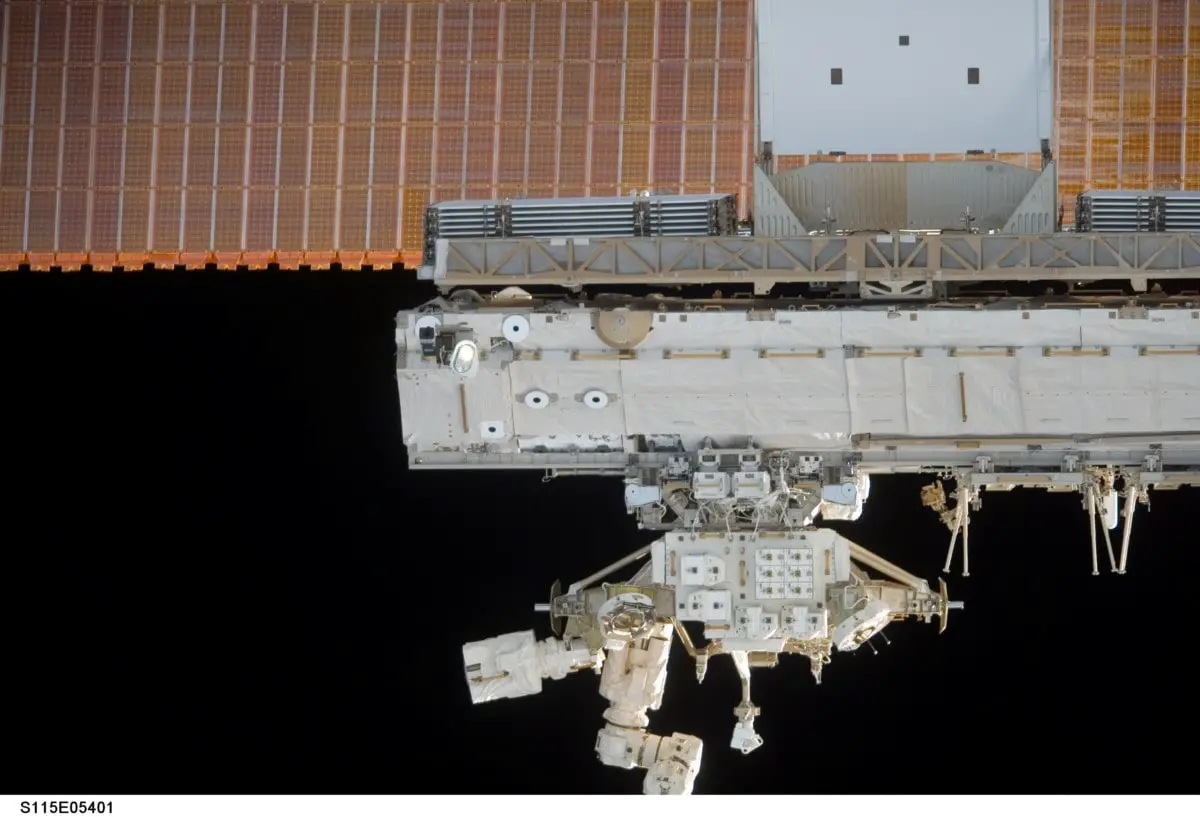
Russian cosmonauts eventually conducted a spacewalk to examine the hole from the exterior, but to this day, Roscosmos won’t say how it got there. Officials said the crew was never in serious danger, but no one wants a leak of any kind on the ISS, and the hole was quickly plugged up. In the morning, the crew scoured the station and found a tiny hole in a Soyuz capsule, a Russian astronaut vehicle. Officials decided that the pressure change was small enough that it didn’t warrant waking the astronauts. The Nauka scare called to mind an incident that occured in 2018, when mission controllers noticed that the space station’s air pressure had started dropping slightly, a sign of a tiny leak. “In my experience, people in space are always in danger,” tweeted Wayne Hale, a former flight director and manager at NASA’s space-shuttle program, which experienced two fatal accidents that claimed the lives of a total of 14 people. And even if they’re resolved quickly, without real incident, they’re inevitably unsettling. But this shake-up was an uncommon event the station has experienced inadvertent thruster firings, such as Nauka’s, maybe only three or four times in its 20-year history.

Montalbano and other NASA officials stressed that the agency’s workers are prepared for all kinds of emergencies, and that they weren’t worried, because they hadn’t exhausted their contingency plans. The Nauka module, at left, docked to the International Space Station ( Oleg Novitskiy / Roscosmos) “Obviously, when you have a loss of attitude control, that’s something you want to address right away, but the crew was never in any immediate emergency or anything like that.” “There was no immediate danger at any time to the crew,” Joel Montalbano, the ISS program manager at NASA, said in a press conference. NASA later told reporters that the astronauts hadn’t felt any shaking or movement, and officials tried to assure the public that the crew was safe. Seven astronauts were on board at the time-three American, two Russian, one French, and one Japanese. When Nauka went rogue, and Moscow instructed hardware on the other side of the station to respond, the ISS found itself in what a NASA mission-control operator called “a tug of war.”
#INTERNATIONAL SPACE STATION 2021 SOFTWARE#
Several hours after it docked, the module, reacting to a software glitch, started firing its thrusters uncontrollably, jostling the space station. The module, a laboratory named Nauka, the Russian word for “science,” had already had a rough journey, punctuated by propulsion and communications issues, with Russian engineers rushing to put it in the right orbit. The source of the disruption was another Russian module, which had just arrived at the station. It took about an hour to drag the ISS back into its proper configuration, and regain what its operators call attitude control. Read: A very relatable moment on the International Space Station The longer the space station remained off track, the more scrambled its operations, including the communication system and solar panels, could become. Twice, ground control lost communications with the crew for several minutes. Inside the station, astronauts reconfigured important systems. To counter the shift, Moscow’s mission control commanded one of its modules on the space station to ignite its engines, then instructed a cargo ship to fire its thrusters too.

NASA quickly turned to Roscosmos, Russia’s space agency.

The massive pieces of NASA-built hardware that hold the space station in place couldn’t keep up with the motion, and within minutes, the station had been thrown out of its usual orientation. On Thursday morning, the space station was suddenly and mysteriously deviating from its course. But this, what mission control was seeing in the latest data, was unexpected, and unnerving. The station is always moving, of course, in a looping trajectory around Earth. The International Space Station was drifting. Mission control in Houston first noticed it Thursday morning.


 0 kommentar(er)
0 kommentar(er)
